Source Components and You
an overview
After a long time in drafts, I’ve finally finished up this next installment for my home stereo guide featuring source components.
When building a home stereo system, it’s important first to consider what source component(s) you are going to use, since these will determine what is needed downstream to properly perform in your system. This should hopefully serve as a good primer, informing you of the most popular (and some less popular) source components as well as some key considerations.
Please note that this will not be 100% comprehensive. I will not be covering more obscure niche sources like 8-track, laser disk, etc. as these serve very, very niche collectors in this day and age. I will also not be going into a ton of depth about downstream requirements beyond surface level overviews at this time, as I will do additional articles in the future covering things like pre-amplification and amplification.
Keep in mind that these guides are meant to give general information and tips to those who have no idea where to start and what things are without overwhelming with super-specific details. There are a million guides, forums, and publications online that can be searched for more specific information to help do deeper dives as you feel fit, and I encourage you to do so!
What is a Source Component?
Source components are the first piece of gear in your audio chain and serves as your media player of choice. They often utilize physical media (such as CDs/SACDs, cassettes, vinyl records), but can also include radio (AM/FM tuners) or digital media files (streamers).
For many consumers in 2025, their primary avenue for listening to music is streaming. Many already utilize plug-and-play stereo solutions with integrated sources, amplifiers, and speakers that are designed for streaming — look at the Apple HomePod or a Sonos system — so it’s not a huge leap to start with a streaming source in this case. However, there are large groups of consumers with CDs/SACDs and/or vinyl records where starting with one of these sources might make more sense, too.
Ultimately, the choice on which source(s) to start with is a personal one, dictated by how you choose to consume music on a daily basis, what physical media you own, and budget.
Digital Sources
STREAMERS
Streamers are designed to connect to your LAN (ideally) and/or WiFi to stream music from your personal library and/or streaming platforms for playback on your system. Often, they come with built-in DACs (digital to analog converter), but some are pure streamers and will need to be connected to a separate DAC unit to work properly.
For an out of the box, plug-and-play experience, there are many options at all budget levels that have the streamer and DAC in the same box with a near seamless experiences - Bluesound & HiFi Rose are two brand examples, but most major audio equipment brands make some form of streamer.
There are a few important considerations:
Are the music files you are streaming lossless? (FLAC is a common lossless format for files). Qobuz and Tidal both offer lossless streaming. Apple Music in lossless format is not cooperative with most streamers on the market. Spotify is quite lossy (though supposedly a ‘lossless’ plan is in the works via 'supremium'). Lossless is important when sending the signal through a DAC and into your (expensive) system. No amount of good gear can make lossy files sound amazing since the output sound is only as good as the source.
Do you have or want a stand-along DAC unit? A DAC - or Digital/Analog Converter - takes the digital signal from the files and converts it to an analog signal to then feed into the rest of the analog system. There are also some integrated amplifiers (or stereo receivers) with built-in DAC chips, but 99% of the time they aren't ideal. Even 'high end' integrateds with optional DAC modules will be outperformed by separates. The DAC is frankly the most important part of a digital source (streaming or CD) and will have the greatest impact on the sound quality from digital files, so best to splurge here if you are going to splurge at all on a digital streaming setup.
For quick startup, a streamer/DAC combo unit is easiest and has the lowest cost of entry. However, often the only upgrade avenue is to replace the entire unit. Since DAC chips are constantly improving, this is important to keep in mind. Many mid-tier streamer/DAC combo units offer functionality to bypass the built-in DAC and output into an external DAC. If going the combo unit route, it would be best to get a unit that allows this functionality to leave room for future upgrades via an external DAC unit if you so desire.
There are also streamer-only units available (though not as common), however it can often be more economical if going this route to create a streamer with a Raspberry Pi. Can find instructions on how to set one up, as well as programs, tablet controller integration, etc online fairly easily. Can also go the media server route as well. With these streamer-only solutions, an external DAC unit would be necessary.
DACs
If going the external DAC route, there are options at every price point. This piece of equipment will be the main difference-maker in the sound of your digital files/streams, so opting for the best DAC chip you can afford is a good idea. There is a LOT of marketing jargon and superfluous features with these units that can drive prices up very fast, so focus on the chip and the specific functionality you need for your application. This advice also applies to DACs purchased for pairing with CD Transports (covered later).
There are a handful of types of DACs on the market, but the two most common are typically R-2R ladder and Delta-sigma. Depending on who you ask, one may sound more ‘analog’ than the other, but my best advice is to worry less about this particular point and more about how each individual unit sounds to you in your system. I have heard DACs of both types sound amazing and terrible, at all price points!
CD/SACD PLAYERS & CD/SACD TRANSPORTS
These terms often confuse casual consumers. What is the difference? A CD player is a unit that decodes CDs and has a built-in DAC for output to an amplifier. A CD transport differs in that it does not have a built-in DAC, so an external DAC unit is required. All the transport does is read the information off the disk. Think of a CD transport as a ‘streamer only’ unit, to compare to the previous streaming examples. Today, the most recent advice is to buy a CD transport and use an external DAC, as most combination units do not offer nearly the same level of sound quality as separates. If going the CD route, think of the transport as the record player and the DAC as the phono pre-amplifier. However, there are some high-end brands that offer incredible combination units - such as Esoteric - though at a hefty price tag.
In the audiophile space, there are also CD/SACD players and transports, designed to be able to read both. SACDs offer a substantial improvement in dynamic range and resolution versus standard CDs, so this is often the ‘CD of choice’ for audiophiles. Selection isn’t quite as vast as standard CDs, however.
Again, like streamers, the DAC is the most important part of the equation with these. If going for a player, look for models that allow you to bypass the built-in DAC if you wish for greatest flexibility. At the high end of CD playback, most get a CD transport unit and a very expensive DAC unit.
Ultimately, with digital audio equipment, you ideally want the ability to bypass any built-in DAC chip to connect to an external unit in the future or to buy separates. This future-proofing allows you to upgrade the component that will really make the biggest difference in the digital playback in the future as the technology continues to improve, should you desire to do so. Otherwise, you are forced to upgrade the entire unit, which can sometimes prove to be much more expensive as you would either need another combination unit or would need to invest in separates at that time.
While CDs might seem a bit dated or not 'en vogue' at the moment, there is a vast amount of music that has never been issued on vinyl available for playback on CD, as well as plenty of music that has not made it onto streaming platforms for whatever reason, such as a lot of Japanese music, where many artists and labels there have resisted the push to publish music on international streaming services for various reasons.
Additionally, it is possible to obtain fairly rare albums on CD at fairly low cost in comparison to vinyl. They take up quite a bit less space as well. While they lack some of the tangible qualities that draw people to vinyl, they do offer a fairly low-cost and accessible way to put together a music library that isn't beholden to digital streaming licensing that can change at any moment. At the very least, they can serve as a supplement to fill in gaps where there is no other availability.
Analog Sources
TURNTABLES
There are two main types of turntables - belt-drive and direct-drive. The former uses a belt between the motor and the platter to spin it, whereas the direct-drive has a motor to directly drive the platter. Direct drive is technically superior when it comes to keeping precise rotational speed, while belt drives are less accurate, and get less accurate as the belts wear so require regular replacement.
While it may seem like direct-drive is a no-brainer because of their more accurate speed, belt drive tables offer much more flexibility when it comes to vibrational isolation, allowing for decoupling of the motor from the table completely. There are some belt models where the motor is housed completely separately from the platter and plinth of the table to further reduce any vibrations. While there is much debate among audiophiles as to which is ‘better’ it mostly comes down to personal preference. The vast majority of higher end tables are belt-drive, however, if that is any indication of overall sentiment.
In my personal opinion, sub-$1000, direct drive is just as effective as belt drive options, and for anyone looking to moonlight as a DJ, direct drive is nearly required. Moving into the mid to high range of gear, belt drive options tend to be much more sophisticated and at this point I’d encourage going that direction. Of course like anything else, it all comes down to your personal preference.
There’s an enormous amount of variety with various approaches to construction with turntables from suspension to various other techniques. Doing research here is important to figure out what you prefer. Ultimately when just looking at the basics, a counterweight is an absolute must. I would also highly suggest a cue lever to preserve your stylus and records since it will gently lower the stylus versus dropping. An anti-skate weight is also important.
Some higher end turntables allow for the capability to swap out tonearms to different models for upgrading purposes (though most require some sort of plate to accommodate different sizes or brands). Some tables will also have the space for multiple tonearms (which can be useful if you want a separate arm and mono cartridge for ‘true’ playback of older mono records, or just have different cartridges for different types of music).
On the lower entry-level models, there are some turntable options that offer built-in preamplifiers. These are usually just only barely ‘ok’ and are fine for someone just starting out if they want quick plug and play without needing a lot of gear. I would suggest if going this route to ensure this can be bypassed if desired (or be willing to upgrade turntables in the future).
The tonearm and cartridge choices will make the biggest difference to sound from the source. Some well-regarded arms include those from Rega, SME, Well-tempered, etc., but many manufacturers have recommended pairings at different price points. Typically, their recommendations are great to go with as they tune their tables to these arms unless you have quite a bit of experience with different arms to make an informed decision otherwise.
CARTRIDGES
Cartridges (which have the stylus attached) are what directly read the record surface, and are extremely important. These are made up of two main components: the cartridge body and the stylus with stylus tip. Typically, a diamond stylus tip is preferred for durability, but sapphire is also available. There are various types of styluses as well — from conical and eliptical to shibata and microline. The main thing to remember here is diamond-tipped microline has the longest lifespan, with decreasing lifespan/durability as stylus form/tips are reduced in quality.
Usually the ‘expected’ use time for diamond tipped MicroLine stylus is approximately 2000 hours of play. At 2 hours of playback a day, this would be about 2.75 years of life before replacement (either the entire body or the tip). For some cartridges, the stylus can just be easily swapped out by the consumer, but for higher-end models (including all moving coil that I am aware of) the only options are fairly expensive re-tipping services or full replacement. When some cartridges can cost thousands of dollars, the cost per use can get quite high.
There are two types of cartridges - MM (moving magnet) and MC (moving coil). The latter has three sub-types: High Output, Medium Output, Low Output. Medium output is fairly uncommon. Most beginner and lower priced cartridges are the Moving Magnet type, though some ‘affordable’ options exist with HOMC (high output moving coil) cartridges. The output metric refers to the output voltage from the cartridge. Typically, LOMC (low output moving coil) is considered the ‘best’ as it tends to have the least amount of detail loss and bigger soundstage. These also tend to be the most expensive and require specialized gear - such as step-up transformers or phono pre-amplifiers specifically built to support them.
Moving Magnet and HOMC both are compatible with most ‘standard’ phono inputs on integrated amplifiers or pre-amplifiers with phono inputs. Some MOMC can also work, though typically not recommended. To further complicate things, cartridges all have different masses, and each tonearm has a range of masses they support for cartridges, so making sure that you pair the cartridge mass with the arm’s possible operating range is essential or else it will not work properly. For help with this, reference the spec sheets for your respective tonearm when choosing a cartridge, and don’t hesitate to reach out to the company (or ask your sales rep) if they can assist with proper matching. There are plenty of online resources available to assist here as well, if interested, as it’s a bit too technical for me to go into deep detail in this guide.
CASSETTE DECKS & REEL TO REEL PLAYERS
For the tape-inclined audiophile who prefers reel-to-reel and/or cassette tapes, there are limited options on the market to handle these source formats today, though some increased market interest does seem to be encouraging production of some alternative options.
Considering R2R tapes can run anywhere from $400 to thousands of dollars each, this tends to be an extremely niche source option, limited to a select group of audiophiles. Reel-to-reel tapes have the capability to present better quality and higher fidelity sound than any other analog media, but this improvement comes at great cost. Since this is the case, I won’t really go into much detail about the format here.
There are very few cassette players being manufacturered today, with a handful of options primarily made in China. Most cassette collectors end up sourcing a ‘vintage’ piece of gear to play them back — anything from a Sony boombox to a Nakamichi Dragon.
Hopefully this provides some insight into various sources in use today and proves useful in choosing which sources you would like to base your home stereo around!
The next installment will feature pre-amplification, including phono pre-amps/stages, step-up transformers, and stereo pre-amplifiers.


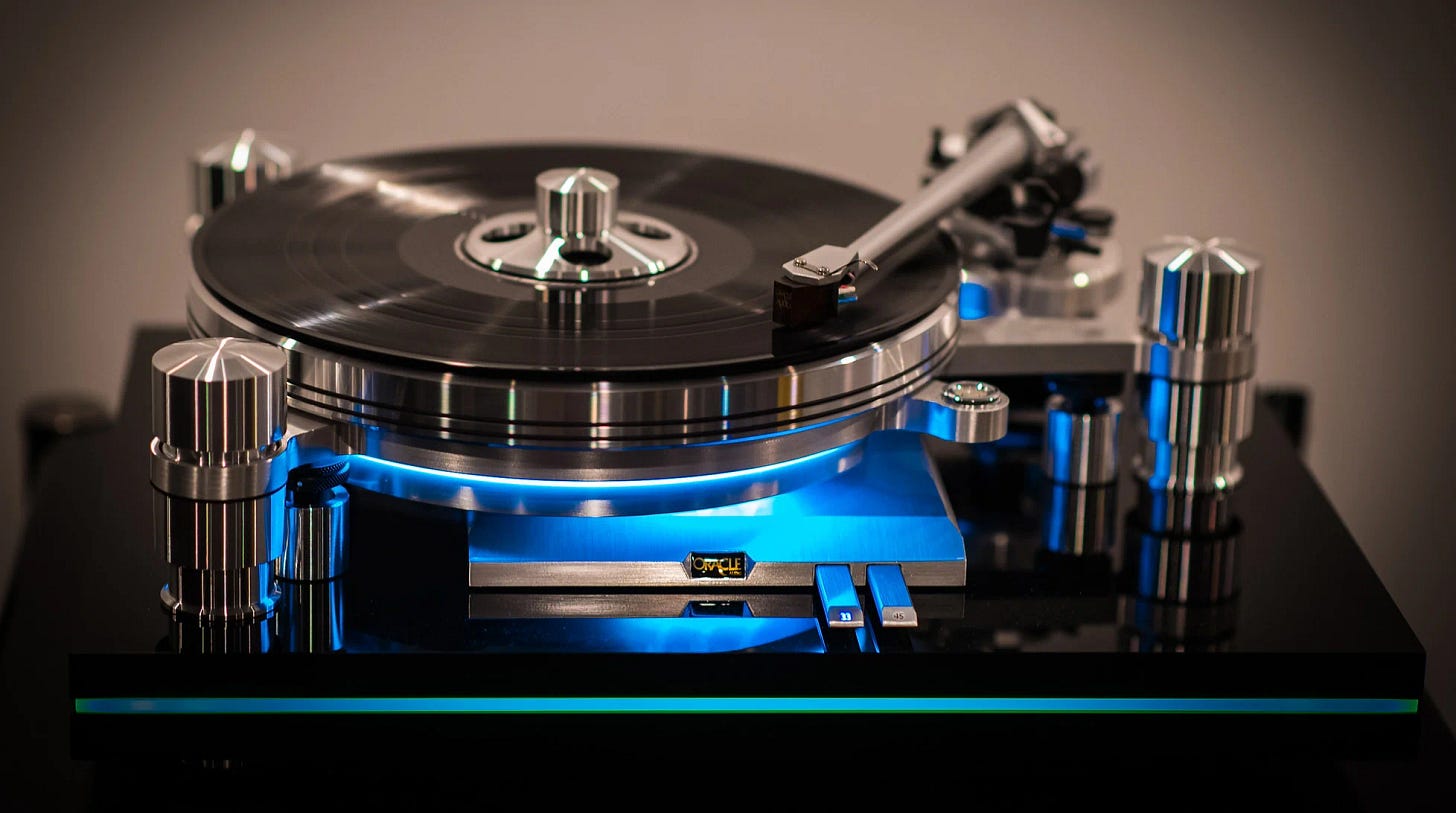
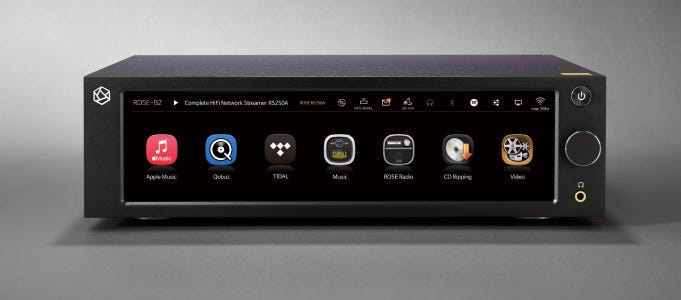

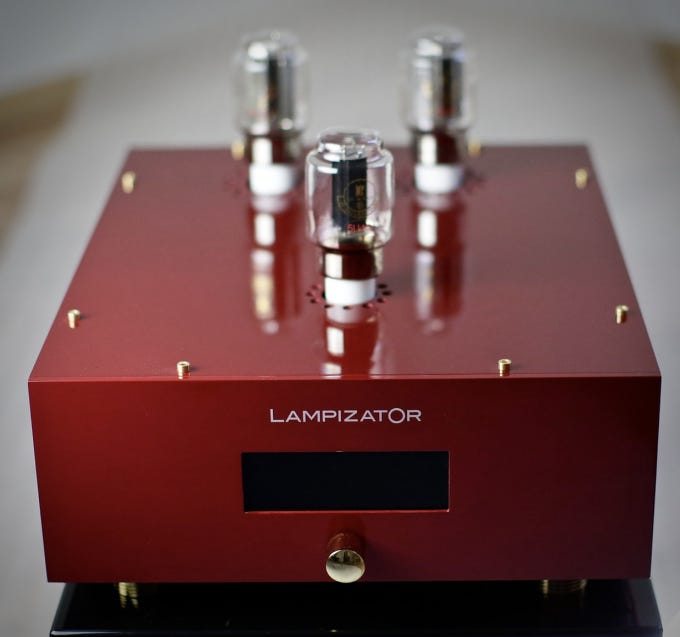
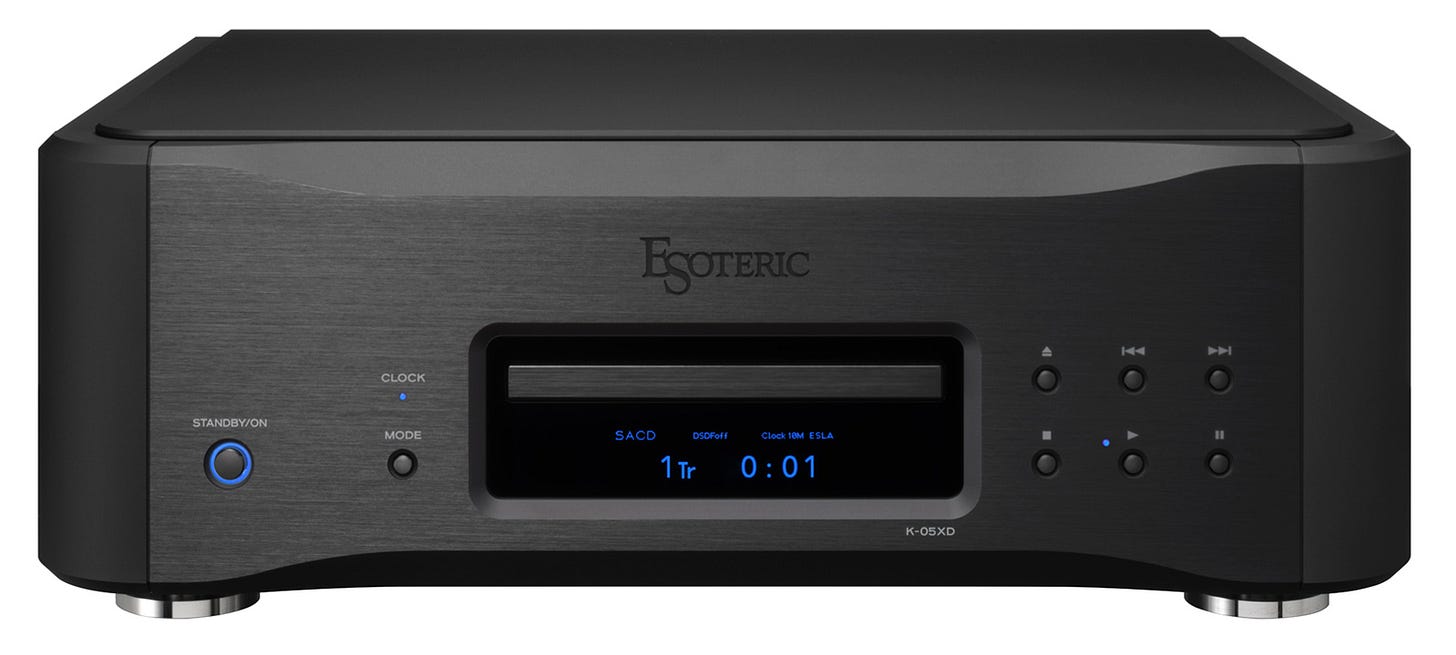

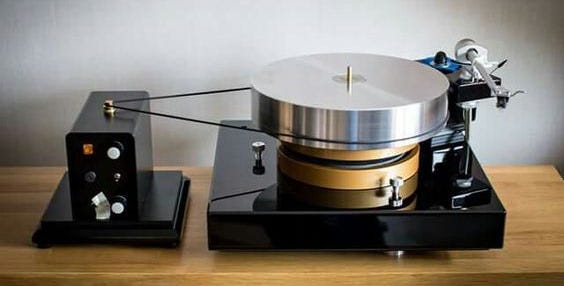
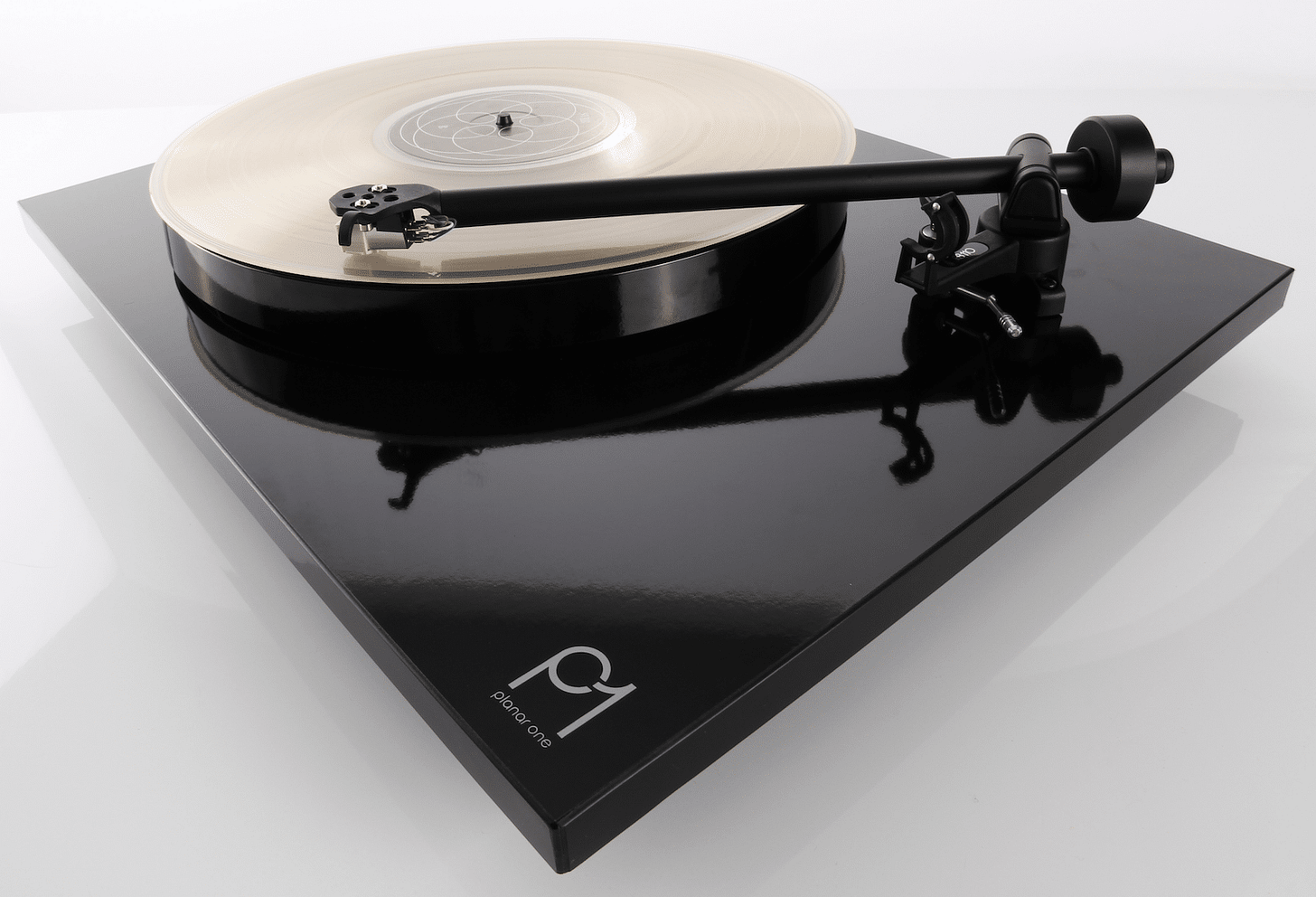
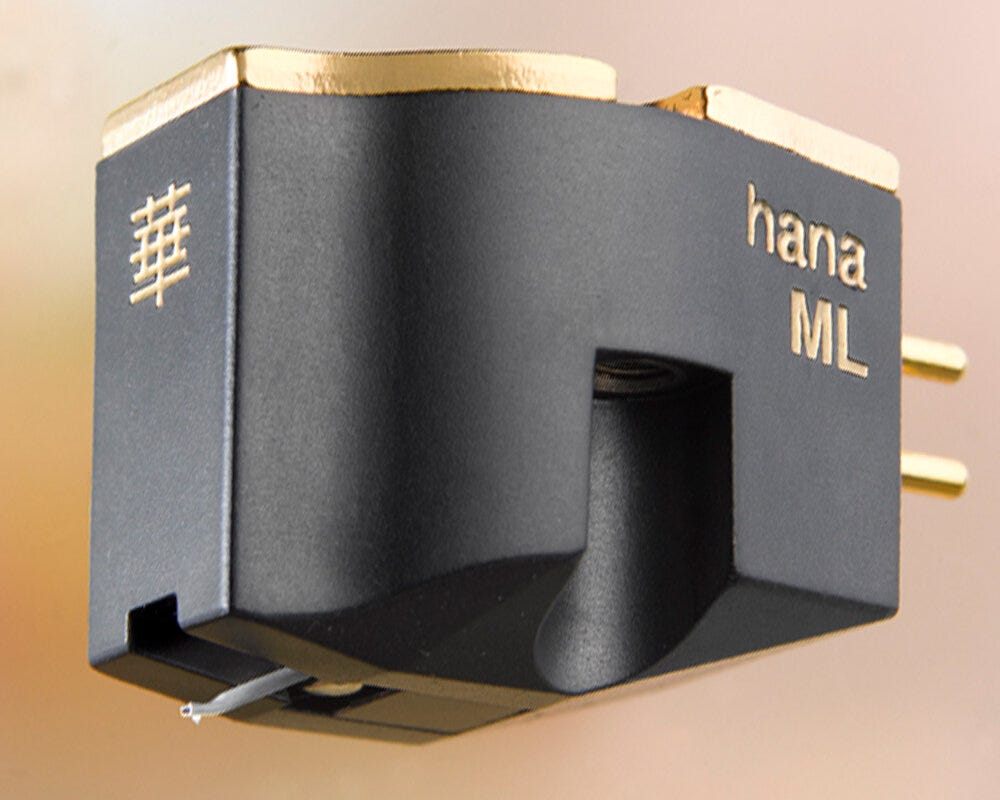
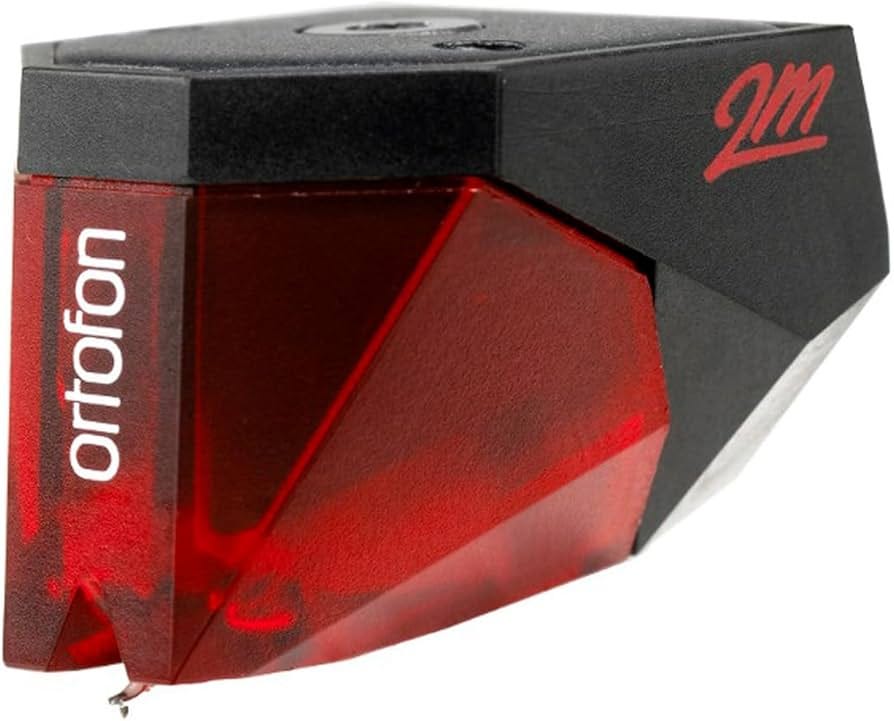
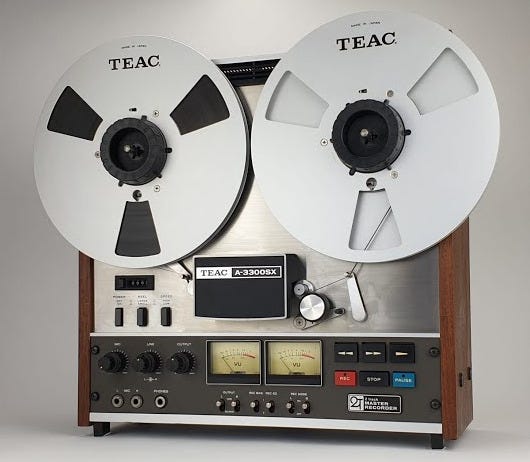
Excellent and informative, thank you!